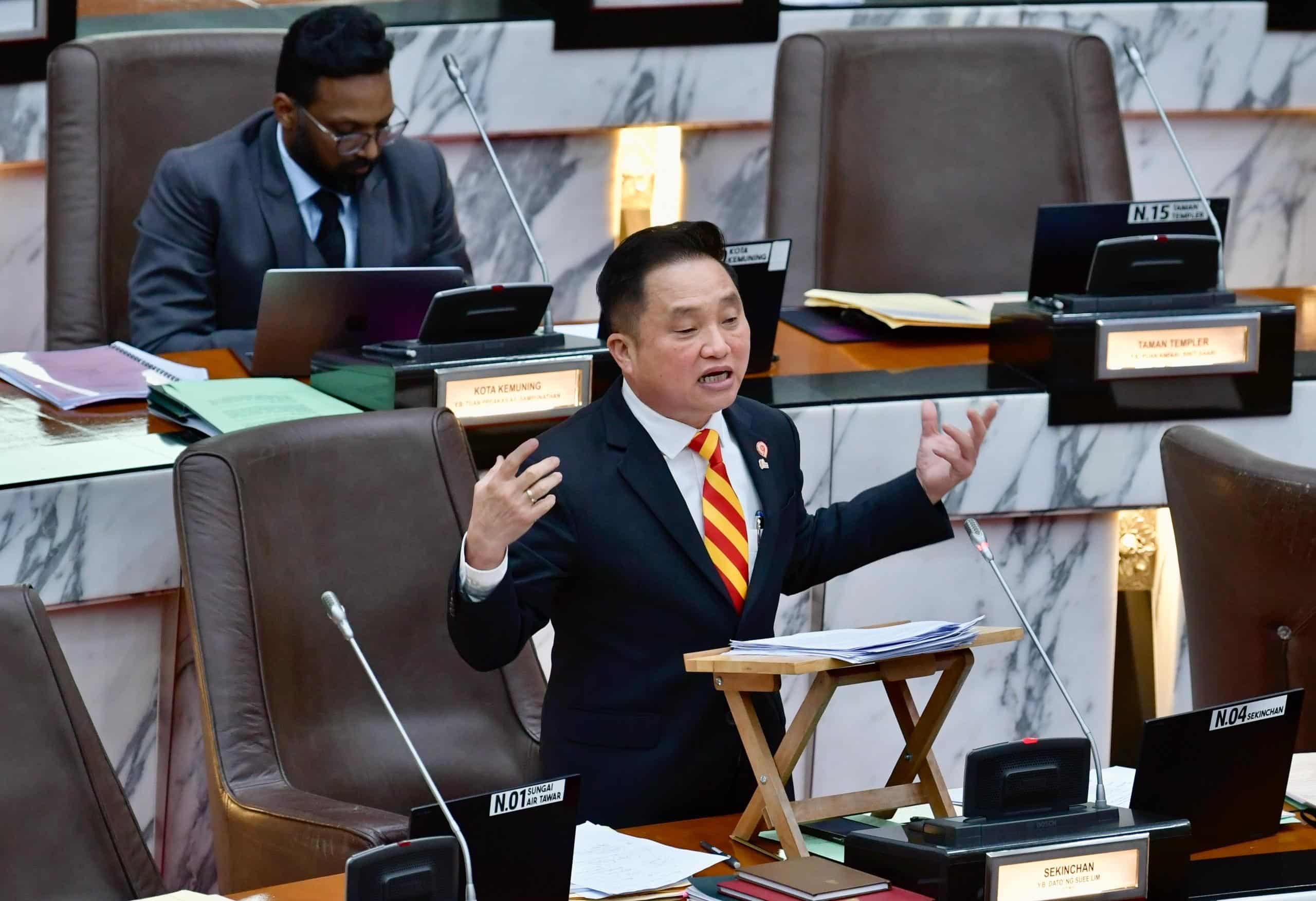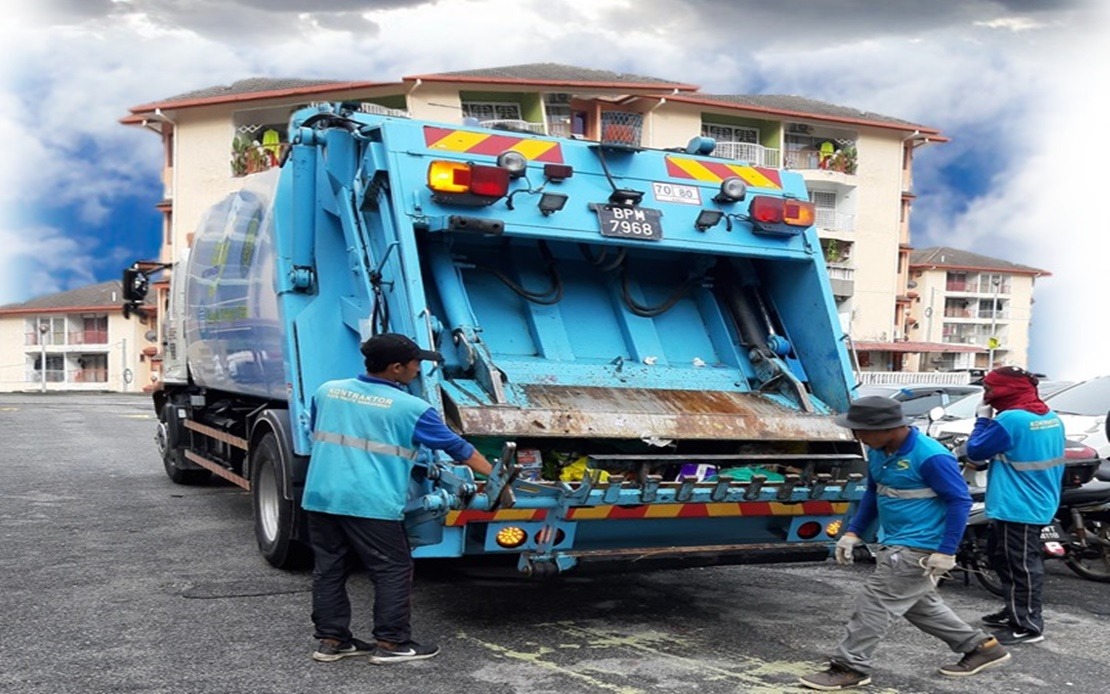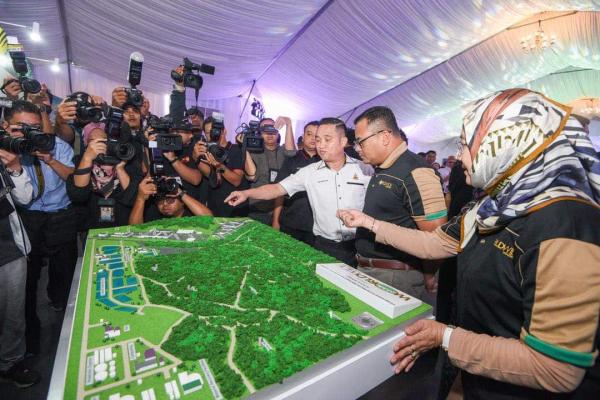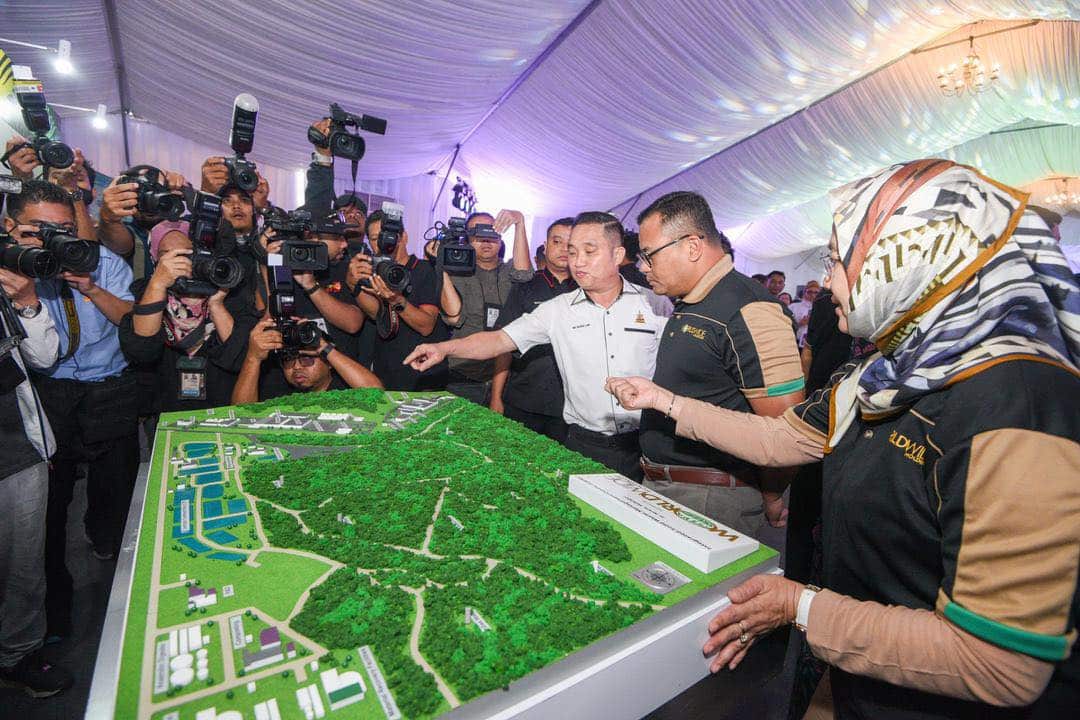SHAH ALAM, Sept 11 — Selangor is exploring the development of a third waste-to-energy (WTE) plant alongside new green energy projects, which may be included in the 2026 state budget to be tabled in November.
State executive councillor for local government and tourism Dato’ Ng Suee Lim said the initiatives would complement the two WTE plants under construction in Jeram and Rawang, which will have a combined capacity to process up to 5,000 tonnes of waste daily.
Investment in high-tech solutions is urgent as Selangor cannot rely on landfills indefinitely amid rising waste volumes and escalating costs.

“Compared to other contractors, our waste management contract payments are the lowest. This creates a heavy burden in covering investments.
“We just want the public to know that the assessment we collect is not enough. Of course, WTE plants require higher upfront costs, but they are necessary for sustainable development, environmental protection, and the future of the people,” he told Media Selangor.
Ng added that waste management expenditures currently eat up about 30 per cent of the local authorities’ budgets, warning that this could rise to 60 per cent if old methods persist, ultimately limiting councils’ ability to deliver quality services.
With KDEB Waste Management Sdn Bhd (KDEBWM) spending between RM7 and RM8 per tonne on services valued closer to RM15, he said it has been difficult to fund investments such as providing standardised bins for every household.
KDEBWM’s daily collections have surged from 6,500 tonnes in 2016 to over 10,000 tonnes this year, and are projected to reach 10,800 tonnes by 2027.
Ng confirmed that Selangor is also moving to adopt the Federal government’s Solid Waste Management and Public Cleansing Act 2007 (Act 672) to align with national standards. Doing so would help resolve the rising cost of waste management, including WTE projects, as Federal funding levels are higher.
“Once we adopt Act 672, enforcement will also be stronger. Right now, penalties are low, but under the Act, fines can go up to RM100,000, giving stronger enforcement powers.”

Operations under pressure
On the ground, KDEBWM district heads share the unique challenges they face, which underline the need for systemic reform.
Its Klang head of operations Mohamad Fauzi Ibrahim said the district is grappling with rising population density, rapid industrial growth, and unchecked urban sprawl.
“Klang is unique; it is a mix of an old historic city, modern townships, massive industrial zones, and the ports. It is full, it is dense. There is no empty land,” he said.
While KDEBWM’s takeover of waste management in Klang has improved conditions in a district once plagued by uncontrolled rubbish, challenges persist.
“There is an expectation by the public for us to do more with less; that is our daily reality. It takes guts to be in waste management.
“You have to deal with the public, answer their questions and ensure your contractors follow the terms set while delivering good service,” Fauzi said.
Another challenge is rubbish strewn along Sungai Klang. Although river clean-ups are not under KDEBWM’s direct responsibility, he noted that waste often piles up against mangroves during high tide.
In Shah Alam, district operations head Mohd Rizal Karim said expectations are especially high in the state capital, where affluent neighbourhoods and diverse communities demand top-tier service.
“They want to compare what they pay with what they get,” he said, adding that gated communities and VIP areas often impose restrictions on collection times, creating another layer of complexity.
Managing waste left behind by roadside hawkers also adds to the strain.
“Whether they are licensed or not, that is not under our jurisdiction. But we still provide bins and clean up after them, or people will complain. We do not have the luxury of saying it is not our responsibility,” Rizal said.
Similarly, festive seasons can stretch resources, though careful planning helps districts to adapt quickly.
“During Hari Raya (Aidilfitri), waste generation can spike to 800 tonnes a day. We plan weeks in advance, but if one lorry breaks down, the whole chain is disrupted.
“Residents do not see the work behind the scenes — they only notice if their bins are not emptied. So we adapt and find workarounds,” he said.
Meanwhile, Subang Jaya head of operations Mohd Ridhuan Tahir pointed to the strain of vertical urbanisation in districts such as his.
“Despite Subang Jaya being a well-planned township, high-rise flats and luxury condos provide their own challenges. A single high-rise can generate the waste of an entire neighbourhood, and it requires daily collection. This has fundamentally changed our operational model,” he said.
Ridhuan noted that community engagement is a defining feature in Subang Jaya, where residents are very passionate about keeping their neighbourhood clean.
“Residents here are very proactive. If a bin overflows, we will get pictures on WhatsApp within minutes. It keeps us on our toes and helps us improve,” he said.
Subang Jaya has also been chosen as a test bed for door-to-door recycling in several flats under the SELKitar programme, which was recently rolled out by the state.
The initiative, launched in May across 50 housing estates in Subang Jaya and Sepang, involves weekly house-to-house collection of plastics, paper, cartons and drink cans, with residents required to ensure items are clean, dry, and properly sorted.
Selangor is set to implement a circular economy framework within the next two years, starting with urban centres like Petaling Jaya, Subang Jaya, and Shah Alam.
The effort aligns with the Federal government’s Solid Waste Circular Economy Action Plan 2025–2035, which outlines five pillars: governance and legislation, guidelines and procedures, digitalisation and technology, infrastructure and facilities, and market development.



